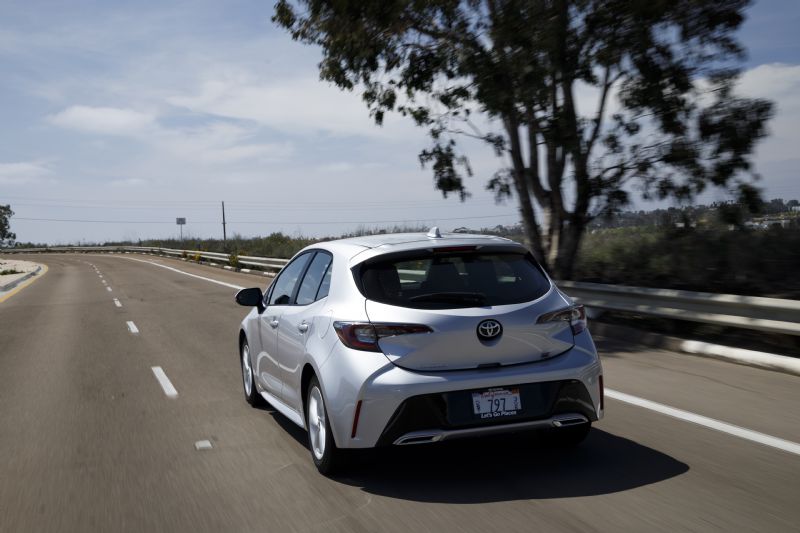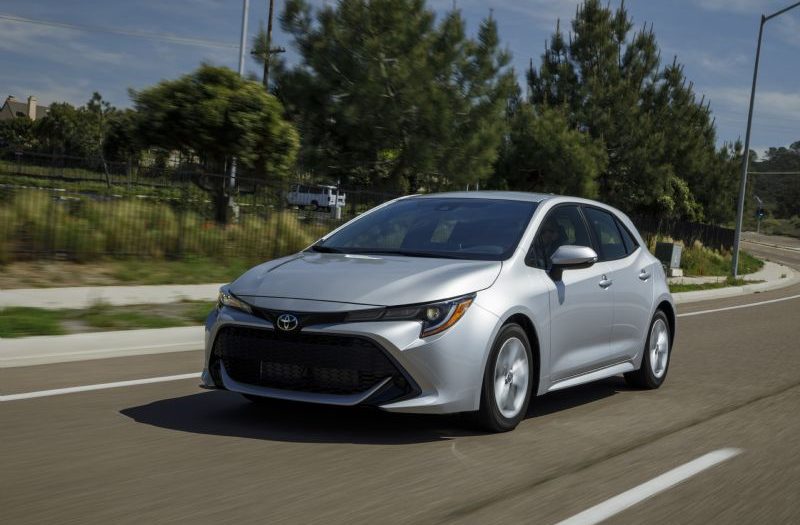THE INCREASING COMPETITION in the small hatch segment is really pushing the whole category forward.
Every time I step into a new Corolla, I am reminded just why it is the class leader, and why, for many seniordrivers the default choice.
The new Corolla has an increased range of active driver assistance and passive protection features that only a few short years ago were the exclusive province of expensive luxury cars.
Active cruise control, pre-collision safety system, seven airbags and reversing camera are now standard across the three-model Corolla hatch range.
“Along with its new-found stylish design and fun-to-drive attitude,” commented Toyota Australia vice president of sales and marketing Sean Hanley, “we considered safety an absolute priority for the new Corolla hatch.”

There is a great sense of safety and security when you know you have a whole raft of technology looking out for you. It doesn’t remove your responsibility to be alert and take responsibility for your own driving decisions, but it’s definitely a belt-and-braces approach that adds an additional layer of protection.
Active cruise control is typical. Using a system of cameras and other sensors, it maintains a set distance to the car in front, with the driver able to set a cruising speed of 30km/h up to 180km/h (not recommended in Australia!) The lower end of the range is ideal when you have to traverse road works or school zones – some cruise controls will only operate from 50km/h. The system operates to a complete standstill on models equipped with CVT (automatic). ACC operates only above 30km/h in the manual Ascent Sport model.
Other increasingly indispensable safety features on the new Corolla include active pre-collision safety with autonomous emergency braking and both pedestrian and cyclist detection. On our increasingly busy and confusing roads, such technology is a boon to all drivers, but especially the over-50s. Should the system detect a potential collision, the PCS system initially employs a visual and audible warning, then brake assistance. Should the driver continue to ignore the warnings, full automatic braking is activated to bring the car to a complete stop. The value of such a system in the event of a “medical incident”, which seem to be increasingly occurring among older drivers, should be patently obvious.
The new Corolla hatch also gets lane departure warning (visual and audible) followed by gentle steering assistance to encourage the driver to move back into his/her lane. There’s also a sway warning that detects swerving due to inattention and prompts the driver to take a break (far more effective than systems that simply suggest a break after a pre-determined period of time). Another feature is the lane centring function (CVT models only) that monitors the position of the vehicle within the lane and the position of the vehicle ahead.
All models now get auto high beam and road sign assist that is designed to recognise speed limit designs and display them to the driver. Corolla SX and ZR models add blind spot monitoring while head-up display is unique to the ZR.
